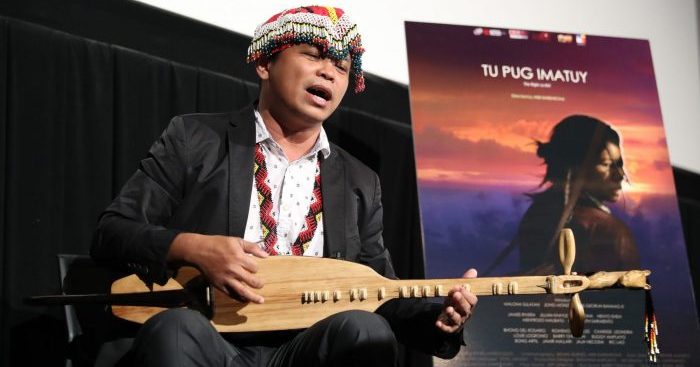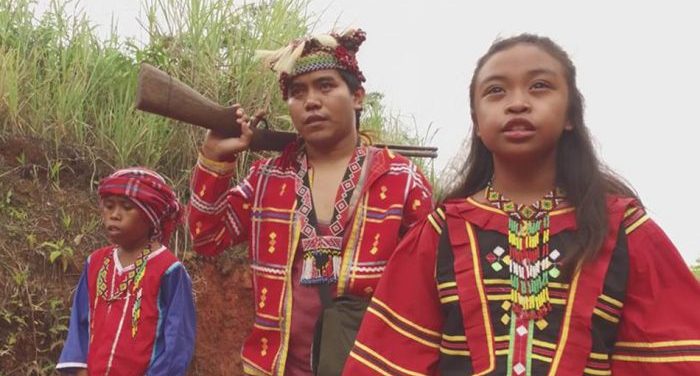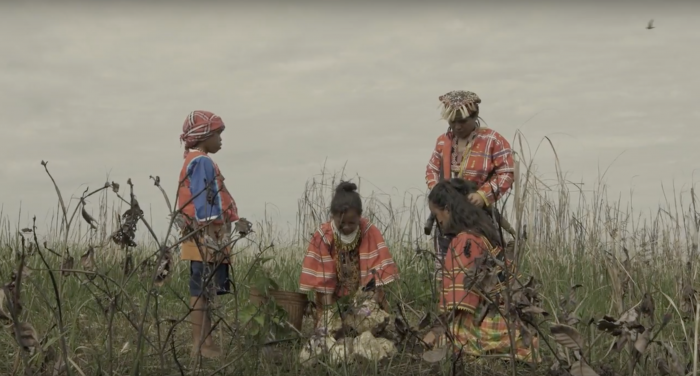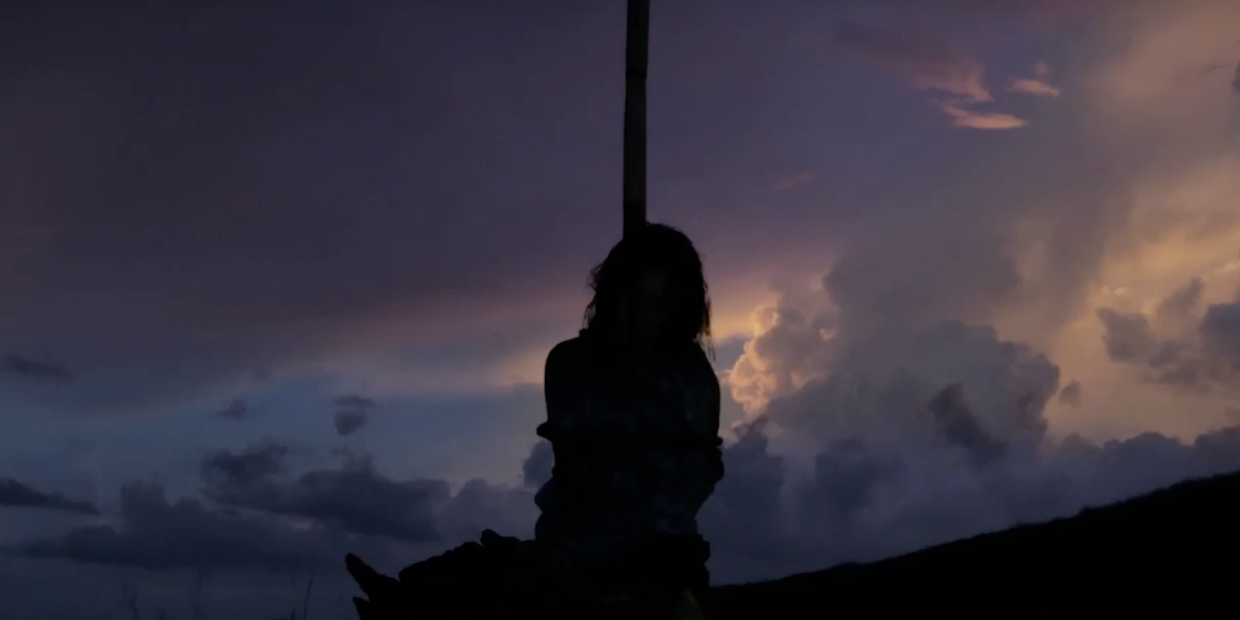Based on horrific true events that unfolded between the Filipino military and the locals in rural Mindanao, The Right to Kill offers an intense and mournful depiction of a family whose peaceful lives are tragically engulfed by the local conflict with rebel groups. Director Arnel ‘Arbi’ Barbarona turns a low budget to his advantage with a naturalistic style enhanced by tense editing and some mesmerising footage of the film’s deceptively tranquil jungle setting.
We met up with Barbarona at this year’s Tokyo International Film Festival to discuss the new film and the troubling reality it reflects.
This was quite a bold choice of subject for your first narrative feature film. What made you want to take this story on?
Ever since I started doing film, my work has all been about social realism and about social issues so it’s not that hard for me to start with this kind of theme. I was doing a documentary in the community where I was really inspired to make a feature narrative. I was inspired to tell their story.
Were you ever in contact with the woman whose story inspired this film?
Yes, although I didn’t see them that often because they went back to the community. In 2014, the real subject moved to the evacuation centre after the incident because there was war going on in their community. They stayed there for about two years. But I think this year they moved back to the community.

Did you come into this story with any intention to be political?
I think some would say this is political but I think this is the story of human beings. If one would say that they are apolitical, they are still political in a sense. I think everybody deserves their own rights. Everybody deserves the protection of the state. The indigenous people organise themselves to make their own school and they ask the government to help them but sadly, for a long time, the state didn’t answer them. They didn’t give them the right to learn. Then here comes the non-government organisations who helped them organise to put up a school.
The civil war going on in our part of the country is between the rebel groups – the New People’s Army, the Communist Party of the Philippines – and the state, and there’s also a type of war in Mindanao, war between the state and the Bangsamoro Revolution, the Islam Revolution. So there’s war in our country, but the victims are not from the state and are not from the rebel groups. The biggest victims are the civilians.
The film tends to keep details that are specific to the wider conflict in the Philippines to a minimum. Were you hoping to keep the issues universal?
I think the issues are somewhat universal in terms of land rights and the destruction of the Earth and our natural world. There’s an influx of mining in country without really thinking what will happen tomorrow, what will happen to the indigenous people who are living on this land. Capitalism, I think, is the problem.
This was one of the messages I wanted to convey. I want there to be peace talks in the Philippines. There’s war going on between forces in our country – civil war happening for almost fifty years – and we cannot attain peace through war. That’s what I wanna say.

Did you use professional actors for this film?
The actors were the real, indigenous people. I cast professional actors for the soldiers but, for the indigenous people, I was looking for actors who understood the situation, who understood the issues. One actor I cast was also a leader of the community.
Was there any improvisation involved or was it all scripted?
The way I direct is more improvisational. I improvise based on the story. I give them a script but the dialogue is not totally the way it was written.
You’ve also captured a variety of richly coloured skies that form the backdrop of certain scenes.
That’s my way of telling the world that this is us. This is our culture. Many people are not familiar with our tribe, with our people – not only around the world but in the Philippines. Many Filipinos don’t know about this story in our part of the province so I guess there’s a need for me to give the indigenous people their voice. By using these shots, my intention was to show how lovely our environment is, and the irony between the environment and its people. The environment is so rich but the people are suffering.

Did it require a lot of patience to capture this environment?
Yeah, exactly. There was one scene where we woke up around 1am then waited for the sunrise to come. Basically, it was a challenge for us all because we had to walk to the location at least three hours every day.
And this was a low-budget film too. What was it like working with these limited resources?
We needed a lot of props, for starters, but it turned to our advantage because I didn’t have the luxury to really ask for more. I just had to use what was there. We didn’t have the budget for the post-production. That’s why I did the editing myself, I did the cinematography, I did the musical score and everything.
So are you working on anything else at the moment?
At the moment, I’m on research development for my next project. I’m always inspired by the stories of the Lumad indigenous people but I want to try everything about social issues in our part of the province. Also, I was doing this short documentary when I was inspired to make The Right to Kill and I want to expand it into a full feature documentary.
Anything else you’d like to add?
I think there’s a need for every Filipino – and a need for people everywhere – to watch The Right to Kill and really grasp the situation in our country.
The Right to Kill screened as part of the 2017 Tokyo International Film Festival.





